NEW APPLICATION
Introduction to MAT Quantitative Trading System
In today’s fast-evolving financial landscape, traditional investment methods are increasingly showing their limitations.
The complexity and uncertainty of the market continue to grow, with an overwhelming volume of information, emotional volatility affecting judgment, and fleeting opportunities that require timely action. On top of this, high professional barriers and information asymmetry make it difficult for ordinary investors to participate effectively.
In such a market environment, investors seek the ability to make independent decisions but often lack the necessary tools and support. Every trade feels like navigating through a fog of data, relying on luck and instinct.
What has been missing is a system capable of supporting rational decision making, executing trades automatically, and accurately identifying both risks and opportunities.
The MAT Quantitative Trading System was developed in response to this very environment. It is more than just a trading support tool. It is a comprehensive investment platform that deeply integrates strategy, risk management, data, and execution.
The system features 9 core functions, covering the entire investment cycle from asset recommendation, trend identification, and strategy management to risk alerts and family wealth coordination. It supports investors from the initial selection of assets through long-term portfolio engagement.
The complexity and uncertainty of the market continue to grow, with an overwhelming volume of information, emotional volatility affecting judgment, and fleeting opportunities that require timely action. On top of this, high professional barriers and information asymmetry make it difficult for ordinary investors to participate effectively.
In such a market environment, investors seek the ability to make independent decisions but often lack the necessary tools and support. Every trade feels like navigating through a fog of data, relying on luck and instinct.
What has been missing is a system capable of supporting rational decision making, executing trades automatically, and accurately identifying both risks and opportunities.
The MAT Quantitative Trading System was developed in response to this very environment. It is more than just a trading support tool. It is a comprehensive investment platform that deeply integrates strategy, risk management, data, and execution.
The system features 9 core functions, covering the entire investment cycle from asset recommendation, trend identification, and strategy management to risk alerts and family wealth coordination. It supports investors from the initial selection of assets through long-term portfolio engagement.

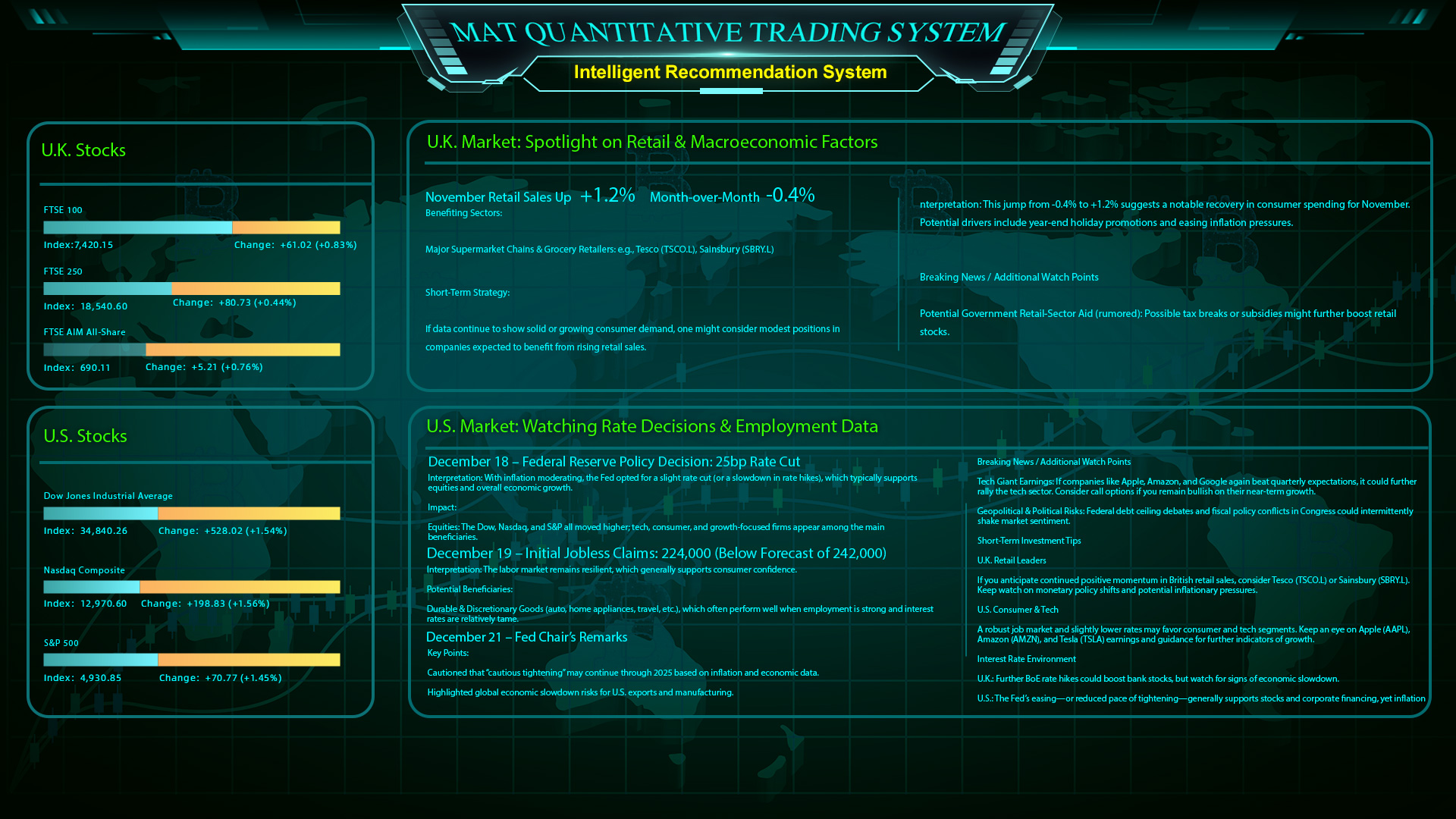
MEET US
Feature 1: Intelligent Recommendation System
Traditional markets are overwhelmed with information, making it hard to filter through the noise. Key signals are often missed, and without the right tools or analysis, everyday investors can easily make poor decisions and miss out on opportunities.
NEW SERVICE
Feature 2: Intelligent Whale Activity Detection System
Traditional capital radar tools lack historical tracking, have fragmented interfaces, and offer limited insight into capital flows and the intentions of large players. As a result, their practical value for real trading decisions is minimal.
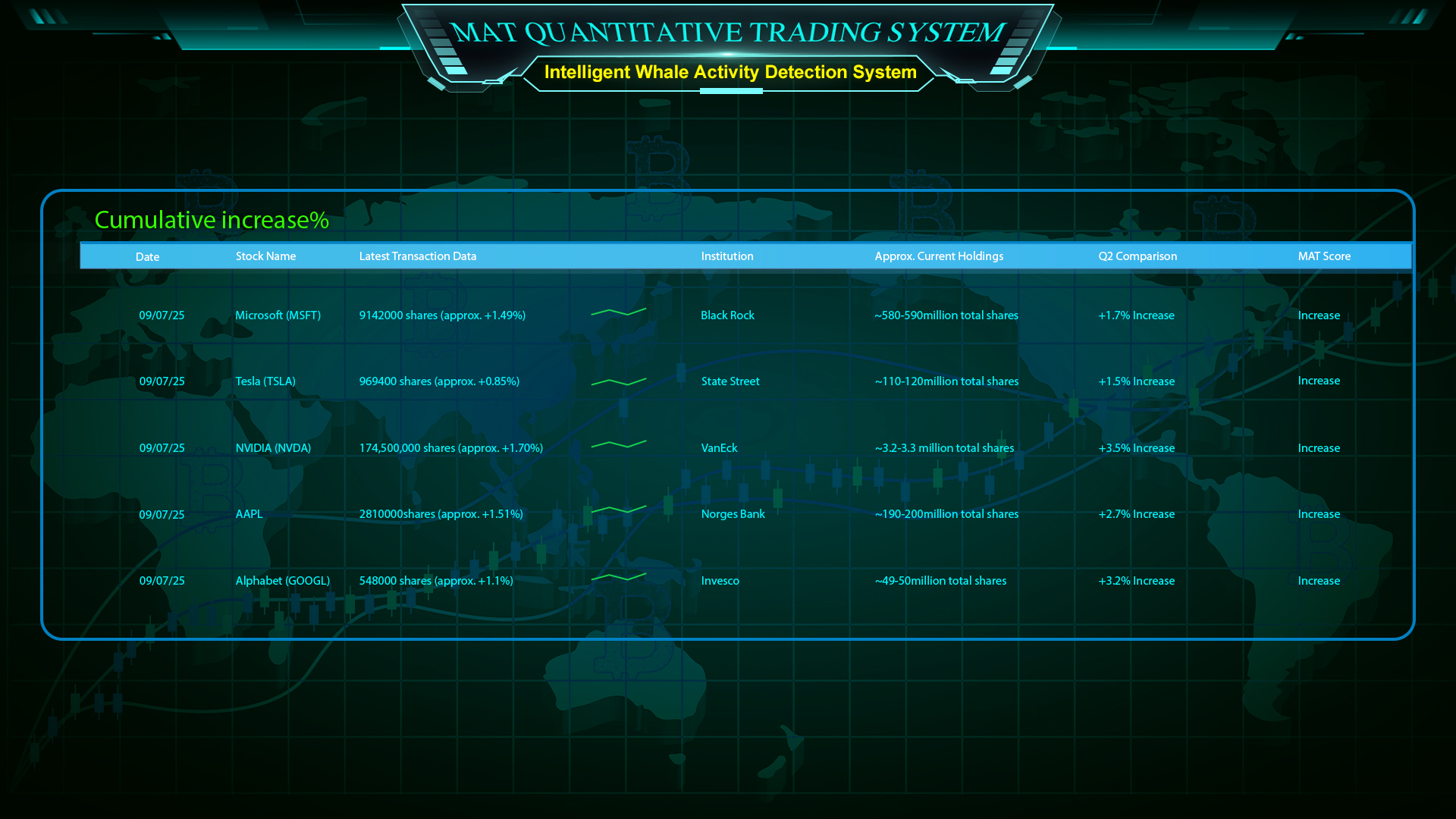
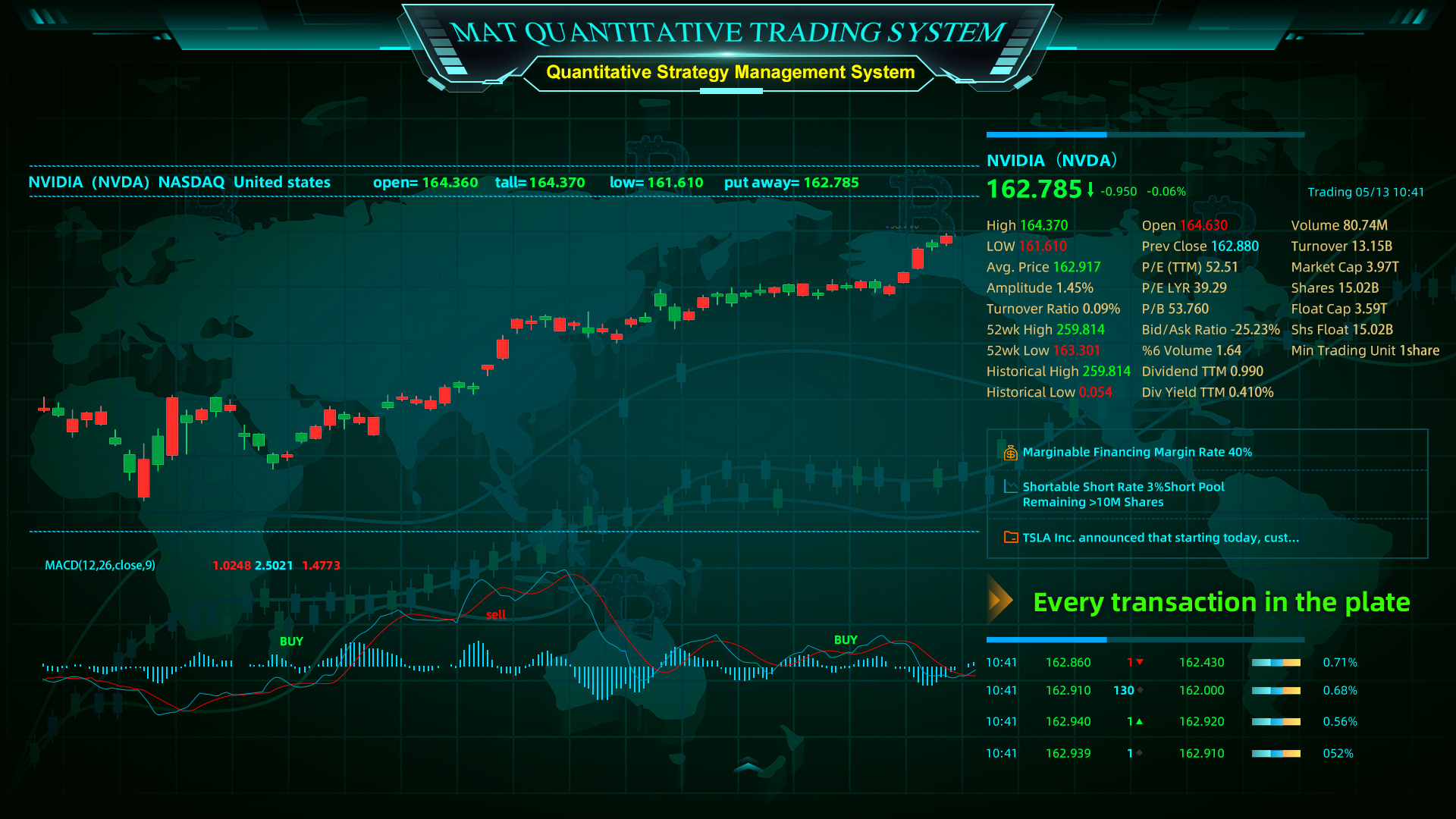
MEET US
Feature 3: Quantitative Strategy Management System
Traditional trading platforms are often overloaded with indicators, complicated settings, and unfriendly interfaces. As a result, regular users may misuse tools or overlook key parameters, reducing the effectiveness of analysis and slowing down decision-making.
NEW SERVICE
Feature 4: Emerging Asset Identification System
Investors often lack professional tools to properly evaluate innovative assets such as IPOs and IEOs. This can lead to missed opportunities or falling into high-risk situations with potential losses.
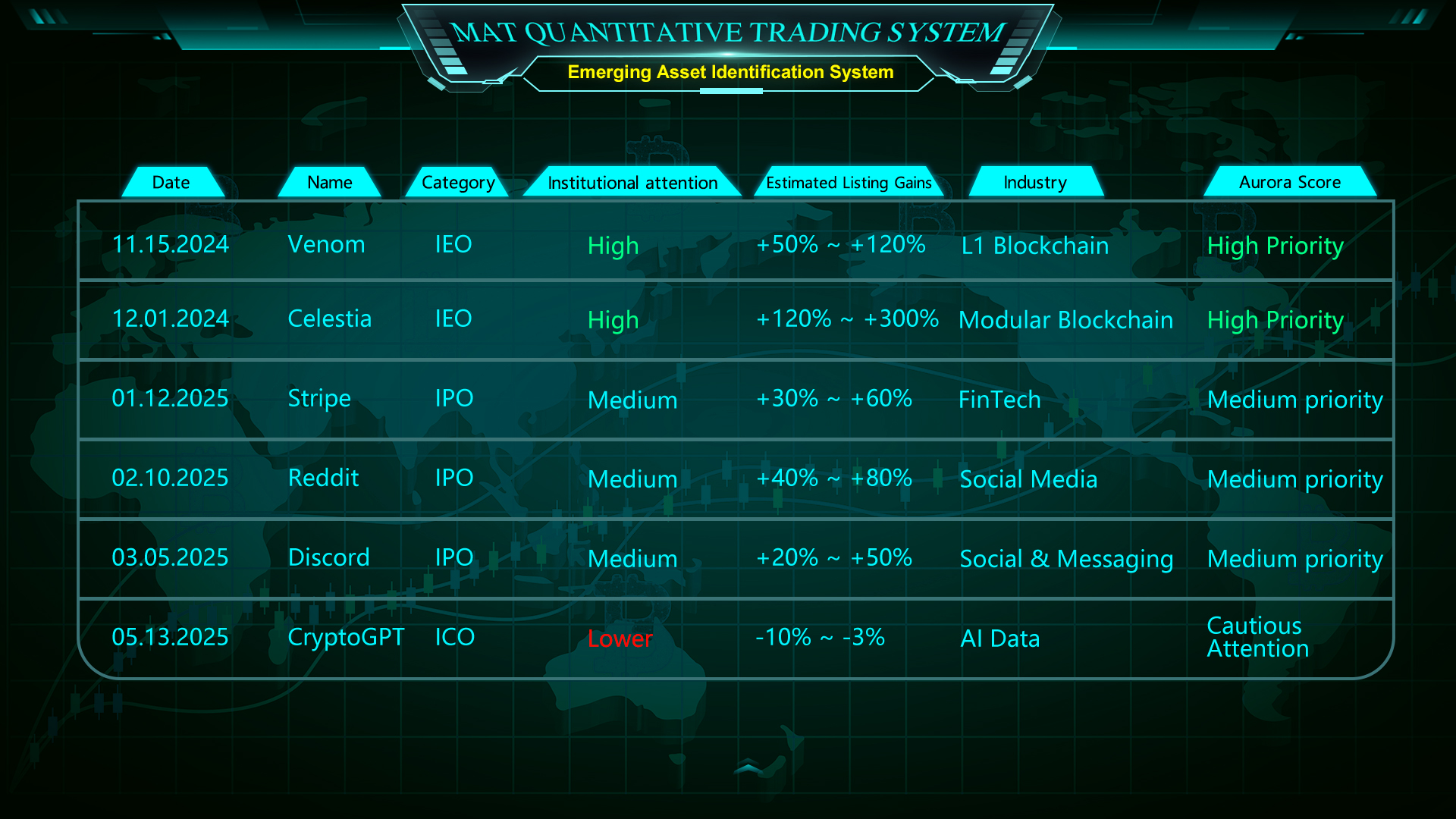
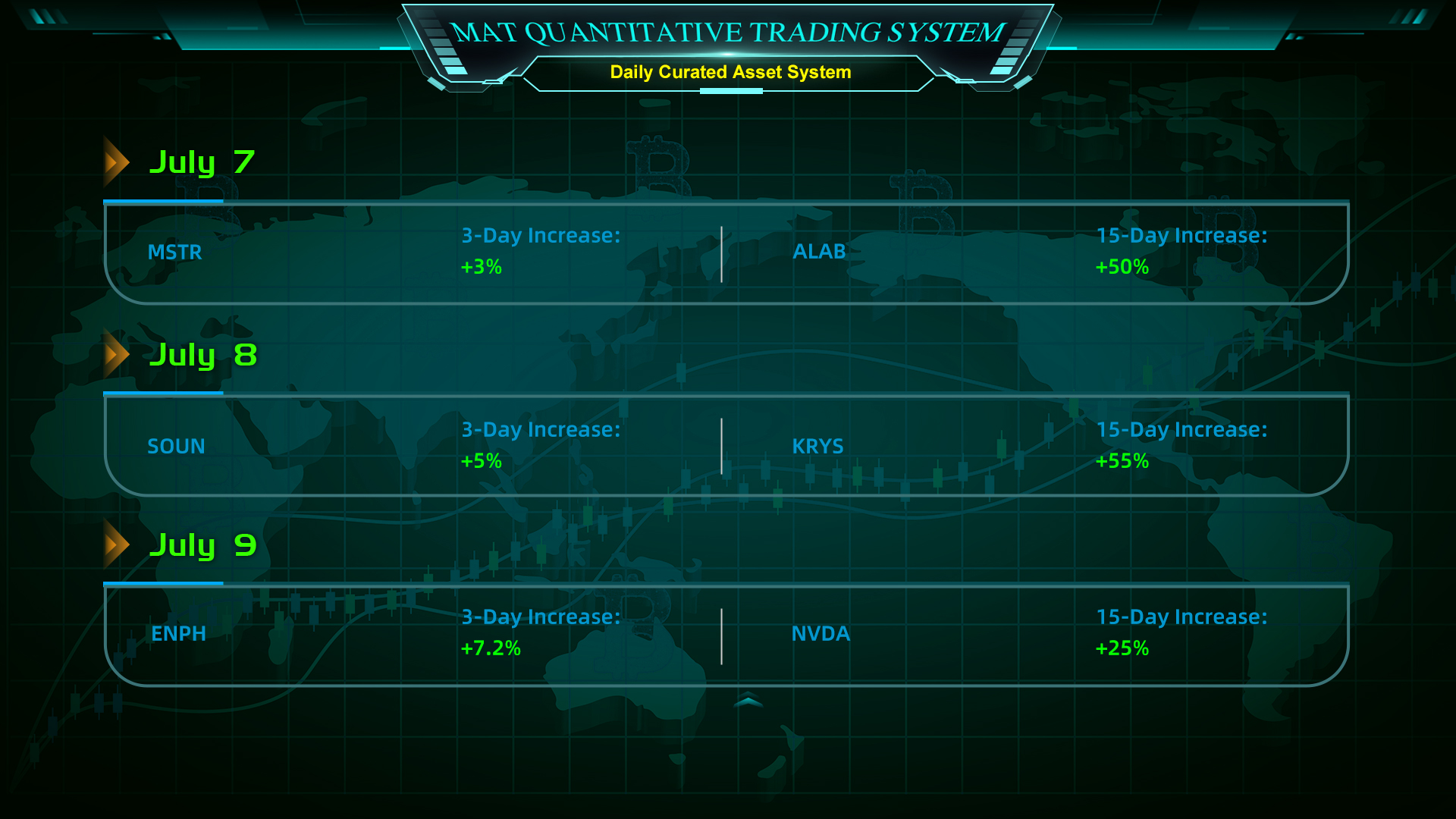
MEET US
Feature 5: Daily Curated Asset System
New investors can easily feel overwhelmed by the number of available assets. With limited experience and too much information, it becomes difficult to spot real opportunities. Analysis takes time, hesitation builds up, and both decision speed and profit potential are affected.
NEW SERVICE
Feature 6: Intelligent Evaluation System
The current market lacks tools that provide full-spectrum asset analysis. Investors often struggle to access comprehensive data and trend signals, making it easy to miss opportunities or take on unnecessary risk. This affects portfolio efficiency and overall performance.
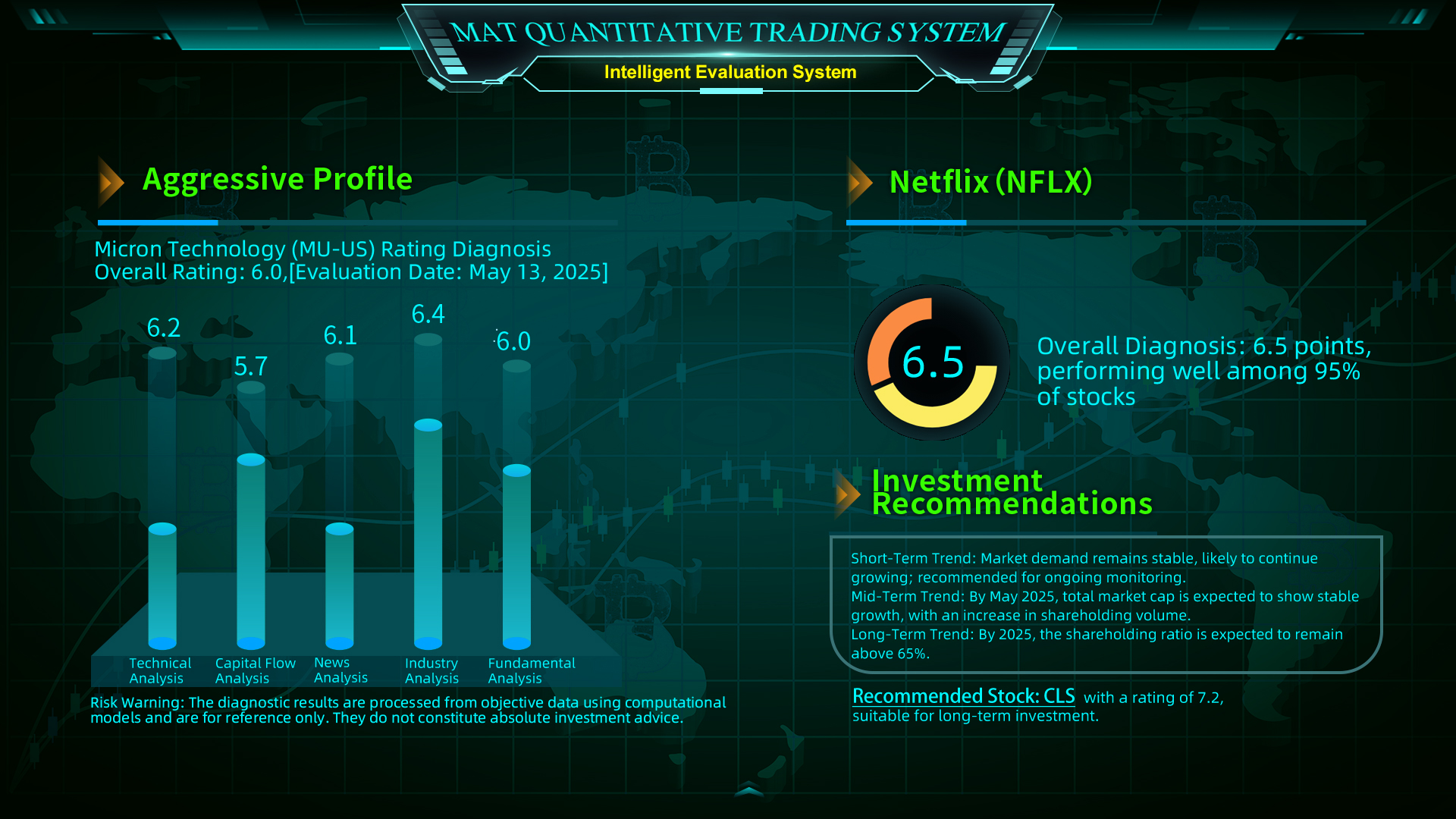
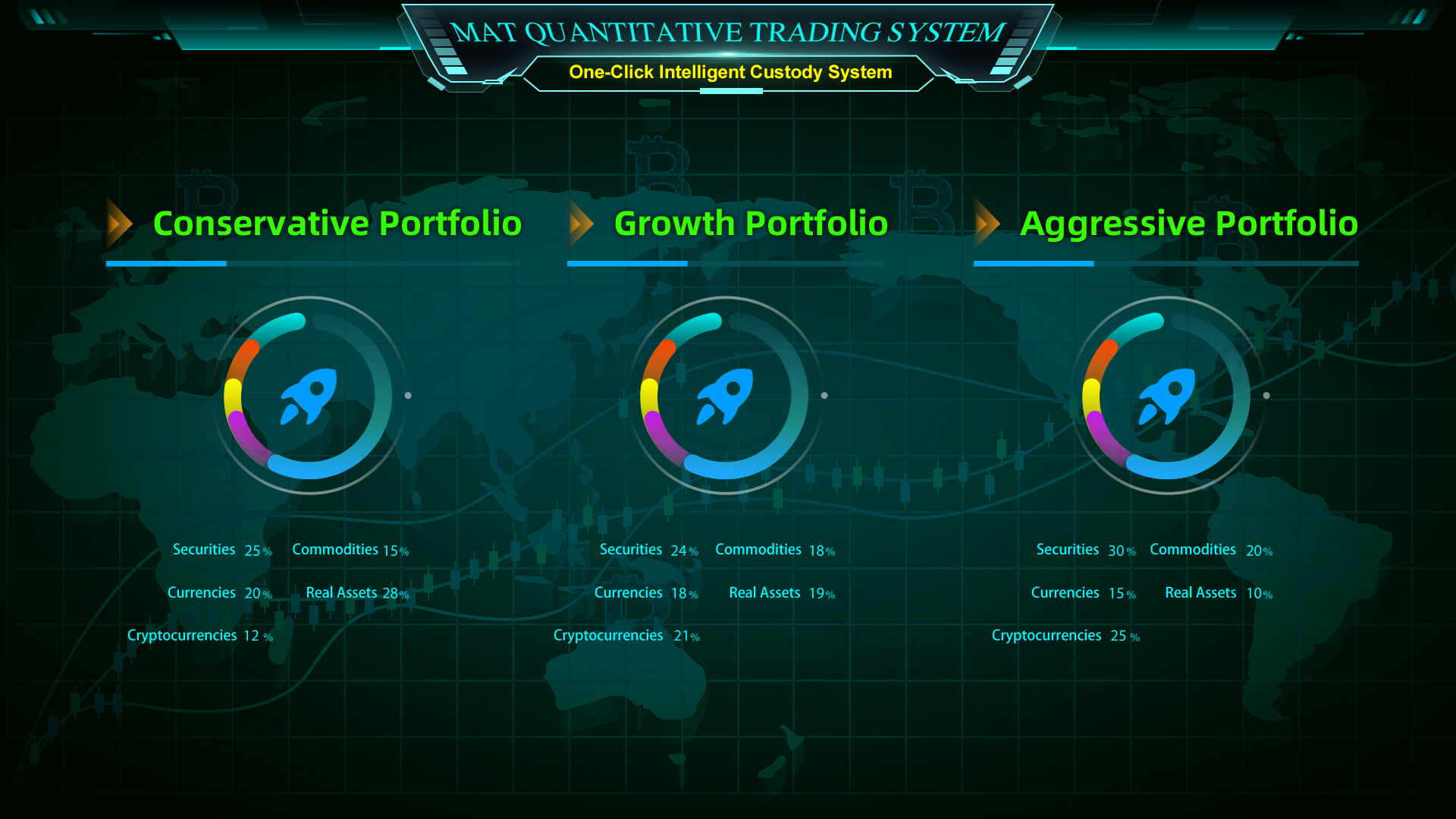
MEET US
Feature 7: One-Click Intelligent Custody System
Everyday investors often miss opportunities or make emotional trades due to limited time or experience. Managing multiple assets adds complexity, reduces capital efficiency, and increases risk, all of which can negatively affect returns and the overall trading experience.
NEW SERVICE
Feature 8: Global Risk Alert System
In traditional financial markets, individual investors often lack the tools and data needed to anticipate systemic risks. Their responses tend to lag, leaving them vulnerable to major losses during crises. In contrast, institutions use models and analysis to avoid such risks early, often passing the consequences onto retail investors.
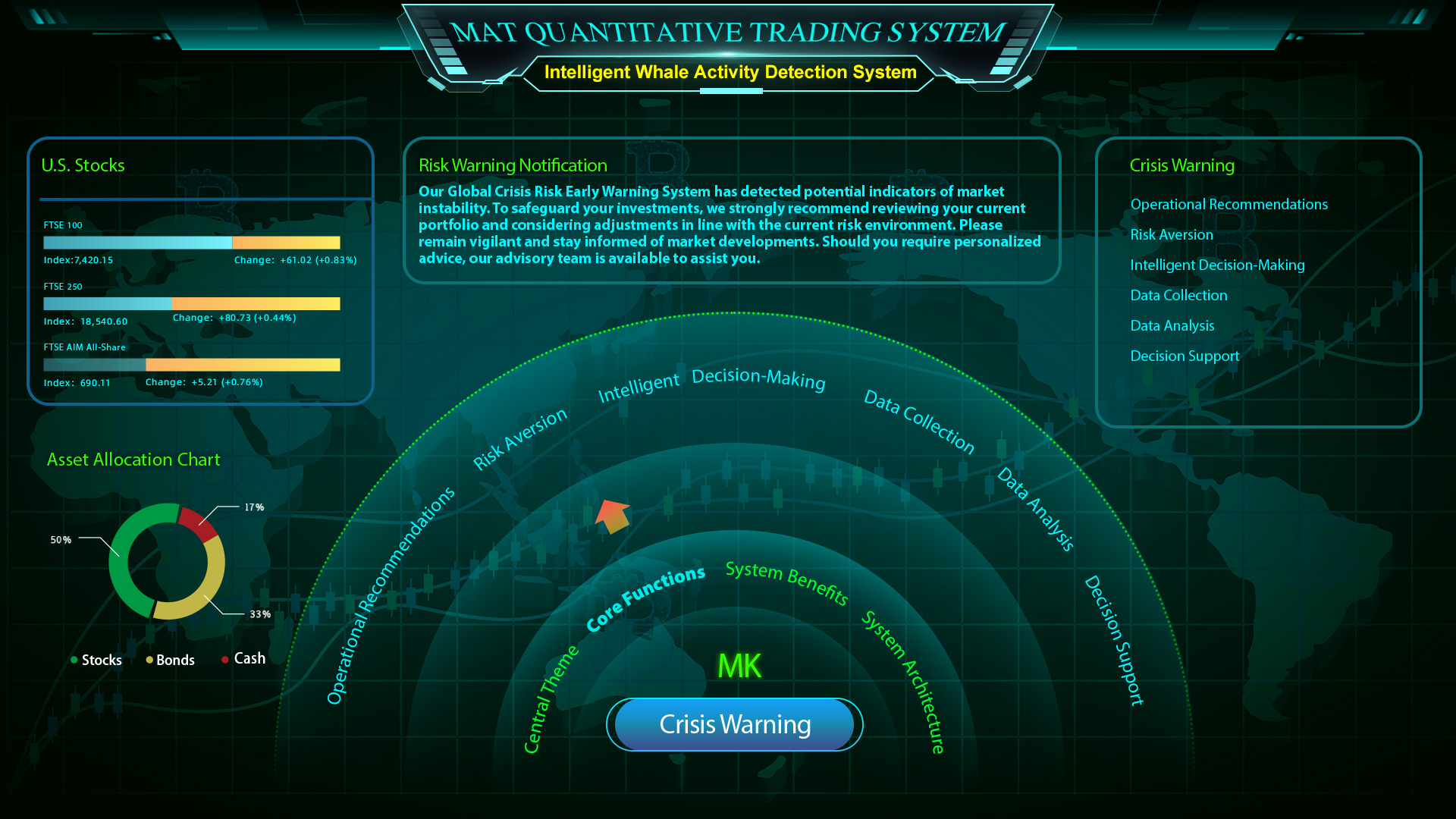
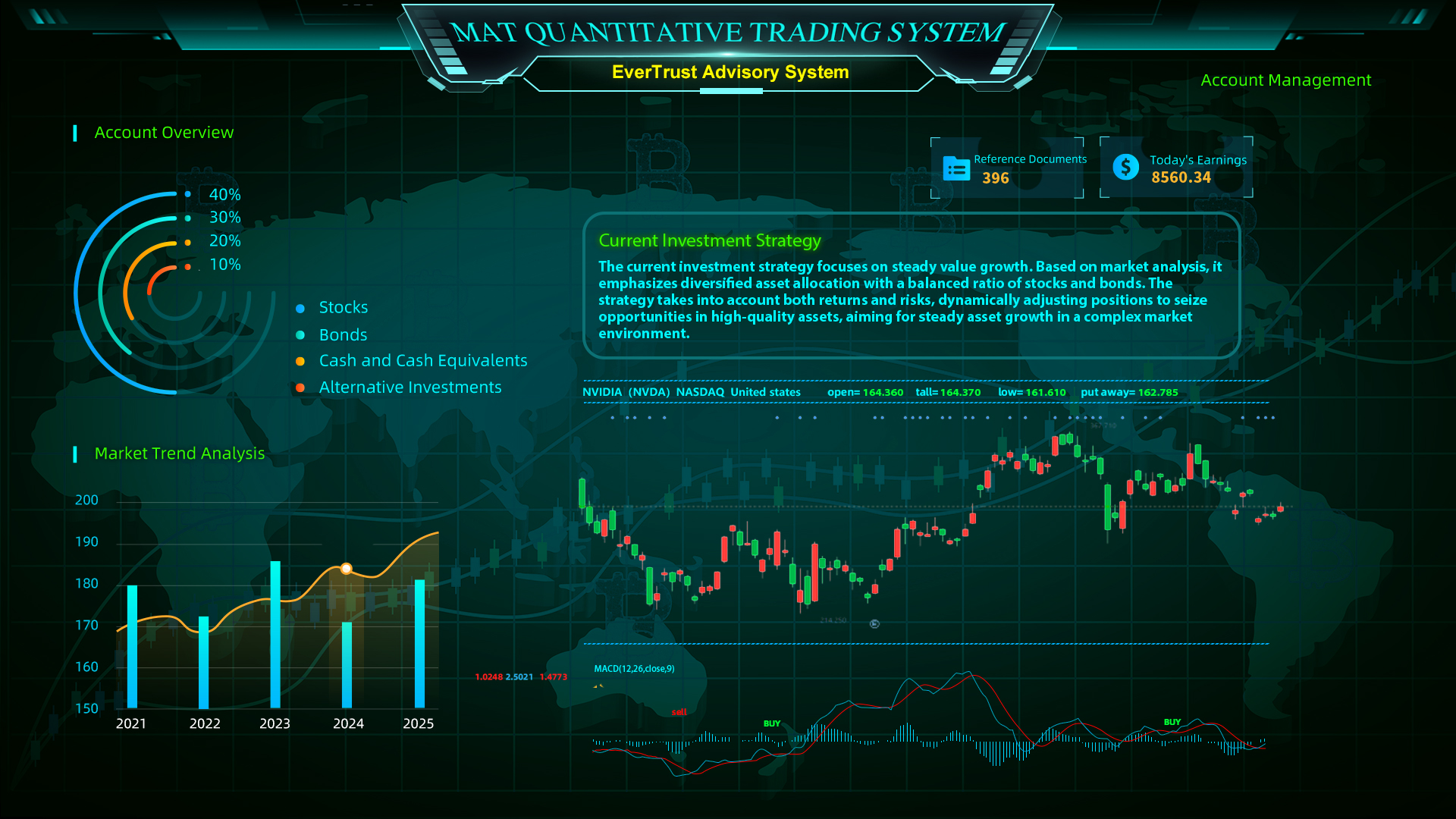
MEET US
Feature 9: EverTrust Advisory System
In traditional wealth management, it is difficult for advisors to provide long-term support, making it hard for users to maintain consistent investment habits. Institutions tend to focus on sales and asset custody scale, often overlooking long-term needs such as family legacy and education planning. As a result, truly personalized and lasting wealth management services are rarely offered.
-

1.No conflict of interest: We always prioritize the client’s interests, rejecting the traditional commission driven model to ensure recommendations are not distorted by incentives.
-

2.Data driven decisions: All investment decisions are based on real data and model support, eliminating emotional trading.
-

3.Around the clock support: Intelligent service available 24 hours a day to capture every investment opportunity.
-

4.Personalized strategies: Tailor made wealth plans that precisely align with your financial goals and life plans.
-

5.Global accessibility: A global perspective with greater freedom in cross market asset allocation.
-

6.Lifelong support: The system is never offline, and your investments are always active.
-

7.Simple and intuitive operation: Easy to use and effortless control over global investments.
-

8.Wealth legacy: Make your investment experience traceable and your wealth growth continuous.
-

9. Transparent pricing: Clear pricing that brings peace of mind to your investments.
-

10.Transparent decision making: Every recommendation is traceable and every strategy is backed by clear reasoning.
